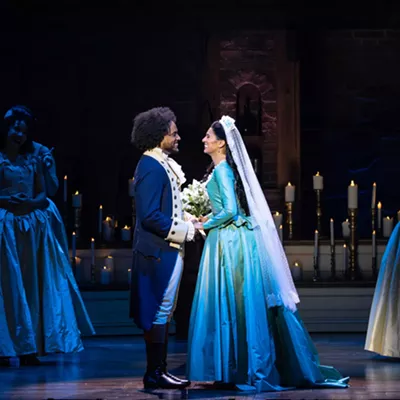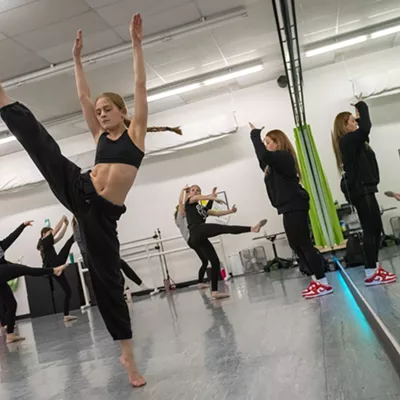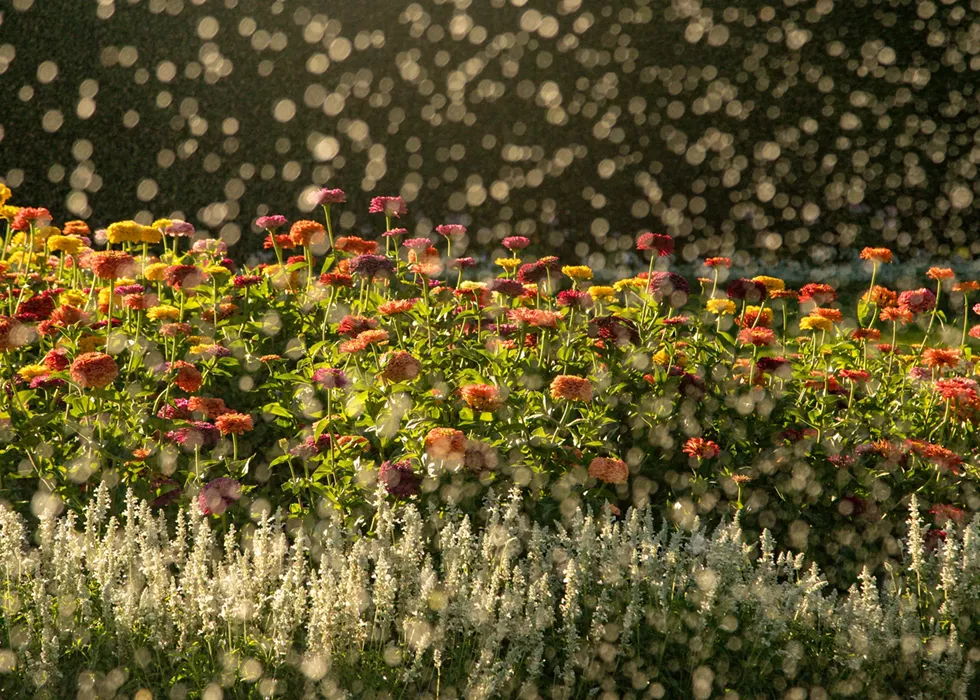
Mattie Whitney has been working with plants in Spokane for more than two decades now. While she started as a seasonal taxonomist at Manito Park, her close work with other gardeners sparked a greater joy in the botanical beauties she was originally tasked with identifying.
She persisted in that joy for years by working with the Spokane Parks & Recreation Department to plant pollinator gardens at parks around the city with a focus on native species.
“Those plants are a way for me to give back to my community,” she says. “I’m helping to restore nature within our urban environment so it’s like my little piece of giving back.”
But three years ago, Whitney had the opportunity to become a lead gardener at the same park she started at right after college.
With the new position came a whole heap of new responsibilities and challenges, but the biggest challenge by far was being tasked with designing Duncan Garden in 2023 — Manito Park’s take on a traditional English garden.
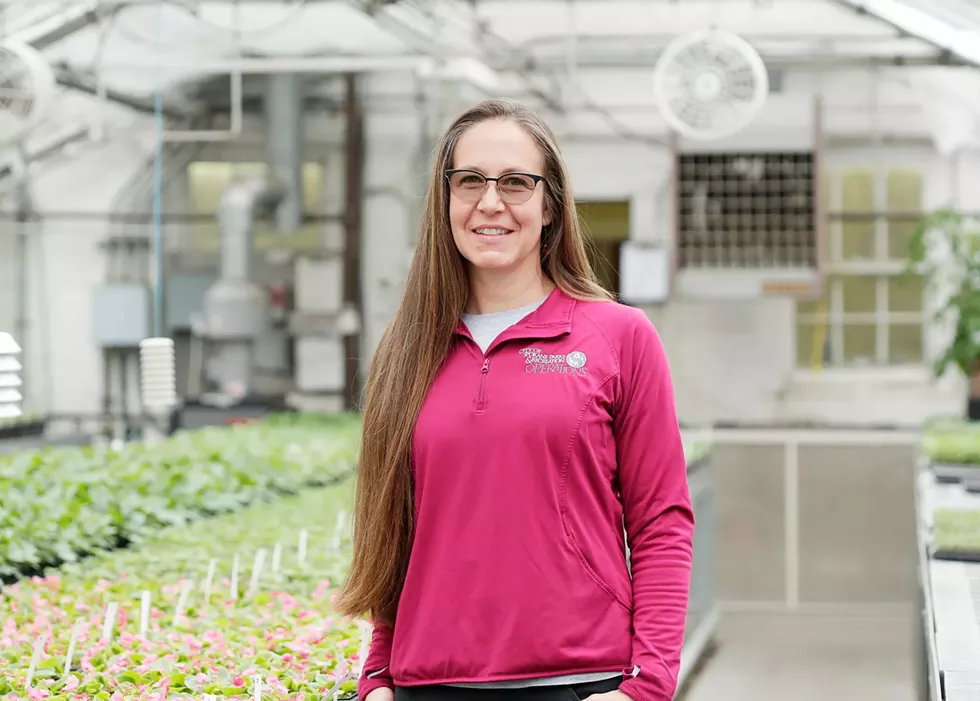
Historically, rich English folks would stand on their patios and balconies and look down at their garden’s gorgeous geometric designs. But, Duncan Garden is public, so Whitney needs to focus on how it looks from both afar and up close. That means maintaining a clean garden design while paying attention to the slight nuances of each flower. Some may be fragrant while others have a texture that’s only noticeable when seen closely.
“It was different for me because I am a nature-centric person,” she laughs. “So for me, I had to think of [Duncan Garden’s design] as more like a color theory.”
For her first whack at it, she chose to go with a vivid design full of bright colors. Brilliant oranges and yellows were surrounded by lush landscaping as pops of purple, white and red were dispersed evenly throughout the layout.
Whitney will also design Duncan Garden in 2024, so she only had a bit of time to appreciate the blooms of her labor before shifting her focus to what might be going in the same soil a year later.
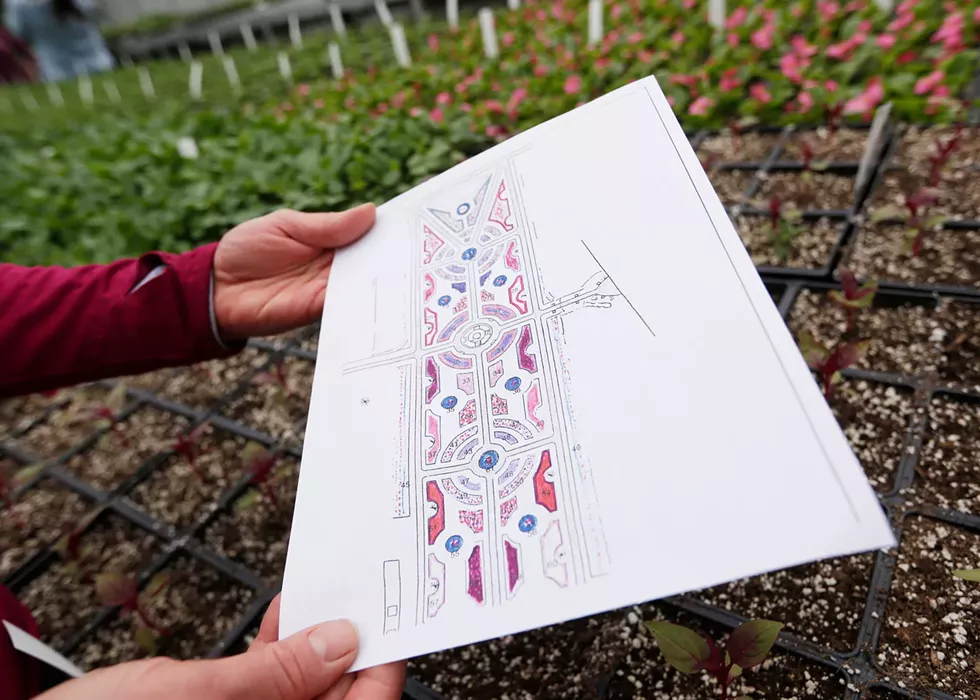
Planning usually begins in the summer, but technically doesn’t need to be finalized until November — about six months before planting is scheduled to begin.
In this process, Whitney needs to determine how she wants the garden to look. Since she went for a colorful design last year, she decided to challenge herself with an analogous design for 2024. The flowers will be organized in a gradient from red-violet to violet to violet-blue, with pops of whites and grays dispersed throughout.
But color isn’t the only consideration.
“When you’re thinking about the design, you’re thinking about height and the spacing,” she says. “So you don’t want short stuff in the middle of the bed and tall stuff on the outside. You’re also thinking about how wide it’s going to grow.”
With 63 different flower beds in the garden to fill, she needs to account for each one’s individual quirks. For example, some beds are in the shade more often, so she can’t plant anything that might have its growth hindered by a lack of sun.
“Each bed is a little bit different, so you have to think about all of that,” she says.
Each species is also a little bit different, so choosing which ones to use can be complicated. Some may grow faster than others, require more root room or bloom less frequently, so Whitney has to take all that into account when deciding what she’s going to order.

This year’s design actually made it easier for Whitney to plan. By shrinking the color palette, she preemptively narrowed down the plants that are even available.
“The design has an average of just over 31,000 plants in it,” Whitney says. “So having to order those and get the right colors and the right sizes takes a lot of pre-planning so that we can get them in at the right time.”
In an average year, the order will start arriving at the beginning of March and flow in steadily over the next six weeks. Some seedlings are about the size of a pinky finger when they arrive, while others are about as big as a fist.
Everything is then organized and stored in a few spacious greenhouses until they’re ready to be put in the ground.
“Some plants like their roots to be tight, some want more room, some want their soils to be wet all the time, some want more light, some want less light,” she explains. “And so depending on their needs, they go to a different growing house.”
“They have got to be successful in the greenhouse before they’re successful outside,” Whitney adds.
Planting finally begins in May, and that takes more organization and planning on Whitney’s part. If the flowers are incorrectly spaced or placed in the wrong plot, they have to be dug up and replanted correctly. It generally takes an entire week before the garden is completed.
Once completed, the garden is shown until the first frost of the year, which usually occurs around October or November, thus starting another cycle of a yearlong passion project.




